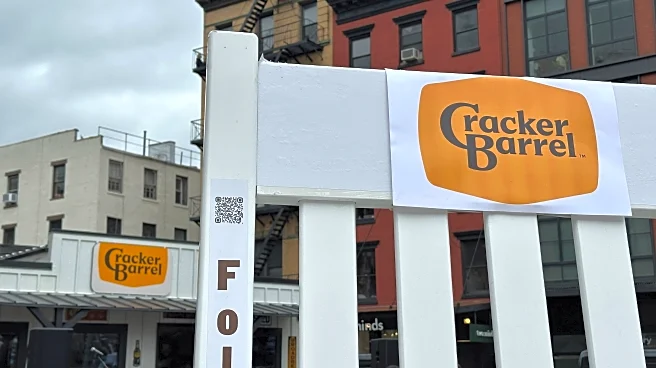What is the story about?
What's Happening?
Consumer spending in the U.S. is showing signs of decline, particularly among lower-income Americans who are facing rising prices and economic pressures. This demographic is cutting back on discretionary spending and dipping into savings, as reported by Moody's and other industry analysts. The spending reduction is attributed to increased costs in housing, utilities, and groceries, compounded by tariffs on household goods. While middle- and upper-income consumers are also being cautious, they are strategically purchasing in bulk and seeking discounts.
Why It's Important?
The reduction in spending by lower-income Americans is a concerning indicator for the U.S. economy, which relies heavily on consumer spending. This trend could lead to slower economic growth and impact businesses across various sectors, including retail and manufacturing. The shift in spending habits may also affect employment rates and wage growth, further exacerbating economic challenges for vulnerable populations.
What's Next?
As economic pressures continue, policymakers and businesses may need to address the challenges faced by lower-income consumers. Potential measures could include targeted financial assistance or policy adjustments to alleviate the burden of rising costs. The upcoming holiday season may see increased reliance on credit and buy-now-pay-later services, which could lead to higher debt levels among consumers.
AI Generated Content
Do you find this article useful?














